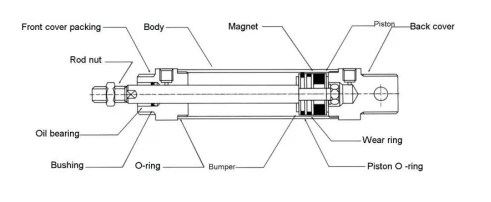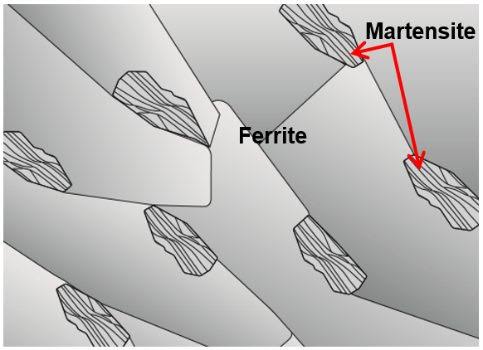The influence of FeO in sponge iron during the steel melting process, including its reactions with other compositions in the bath:
- Oxidation of Carbon:
- When sponge iron containing FeO is melted with other scrap materials, FeO can react with carbon (C) present in the scrap according to the following equation:
- FeO+C→Fe+CO
- FeO+C→Fe+CO
- This reaction releases heat and contributes to the melting process. However, excessive FeO content can lead to excess carbon oxidation, resulting in heat losses and reduced efficiency.
2. Formation of Slag:
- FeO can react with other impurities present in the scrap or added fluxes, forming slag. Commonly used fluxes include limestone (CaCO3) and dolomite (CaMg(CO3)2).
- The main reactions involved in slag formation include:
FeO+SiO2→FeSiO3 FeO+CaO→FeO-CaO. FeO+MgO→FeO-MgO - Slag plays a crucial role in steelmaking by absorbing impurities and protecting the molten metal from oxidation.
3. Energy Consumption:
- The presence of FeO in sponge iron may require additional energy input during the melting process to reach the desired temperature and maintain the desired chemistry.
- The energy required for the reduction of FeO to Fe is released during the reduction process: FeO+C→Fe+CO
- However, excess FeO may necessitate additional energy input to maintain the desired temperature and chemistry of the melt.
4. Quality of the Final Product:
- The presence of FeO in the melted sponge iron can impact the quality of the final steel product. Excessive FeO content may lead to increased levels of non-metallic inclusions in the steel, affecting its mechanical properties and surface quality.
- The composition and amount of FeO in the melt must be carefully controlled to ensure the desired steel quality.
- 5.Process Control:
- Monitoring and controlling the FeO content in sponge iron and adjusting the composition of the melting bath are crucial for maintaining process stability and achieving the desired steel quality.
- Adjustments may include optimizing the composition of scrap materials, fluxes, and process parameters such as temperature and oxygen levels.
In summary, FeO in sponge iron influences the steel melting process through its reactions with carbon and other compositions in the bath, affecting heat generation, slag formation, energy consumption, and the quality of the final steel product. Proper process control and optimization are essential to mitigate any adverse effects associated with FeO content during the steel melting process.



